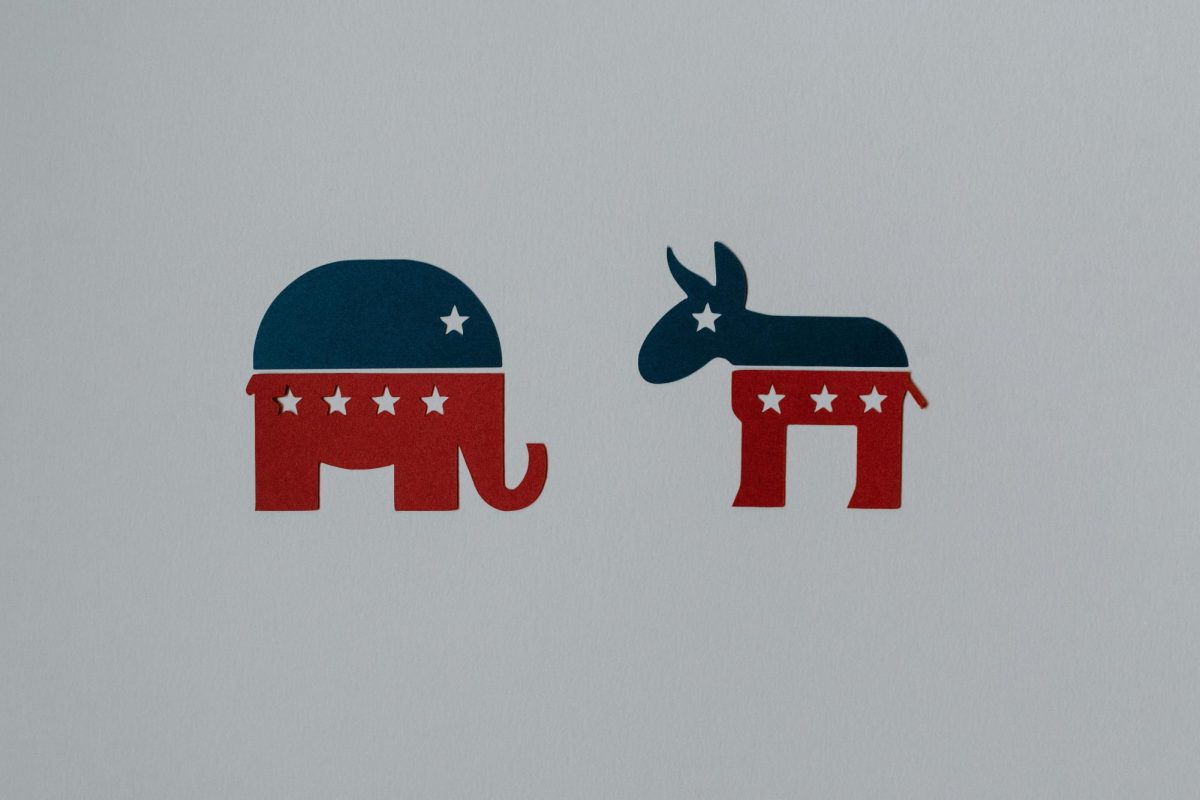Have you noticed that makeup and skincare stores are becoming filled with younger and younger looking faces? Faces that are still yet in elementary school but are headed up to the register to purchase facial serums that claim to prevent their unapparent wrinkles and sun damage from ever coming?
These are what the internet has deemed as the “Sephora kids”. The hyper fixation of Sephora kids is just a veil to a more serious and in-depth issue going on with adolescents’ developmental capacity for handling an addictive world of consumerism.
There is a high concern with ingraining children to feel like aging is undesirable and something that can be prevented by purchasing products that are a health hazard for their sensitive skin.
According to an article by NBC News, a California Bill (AB 2491) is in the works that would aim to ban children under 13 from buying over-the-counter anti-aging products. The products that AB 2491 would aim to ban contain Vitamin A and its variants that have been linked to rashes in adolescents.
The bill would force sellers to take the necessary steps to limit the age consumers can purchase products containing the specified ingredients.
However, these children are part of a larger problem that is encapsulating a whole generation that is becoming more and more overzealous about the idea of consumerism. With the ongoing integration of social media into our daily lives, it becomes more and more difficult for the youth to break the addictive habits that are shaping their brains actively.
How is it Affecting the Child?
Technology is actively becoming the norm for this new generation, and it is embracing a utopia that, in reality, is unachievable but is marketed as feasible by following a lifestyle that follows the standard rules of consumerism.
I talked with Jamie Voelker, Special Education Program Administrator in Portland, Oregon. I asked her about her thoughts on child development with the current consumer culture and advertisement rise.
Voelker responded, “We’re seeing kids who have had instant access to everything over their childhood, so being without and having to delay gratification is not a skill that has been mastered and acquired by our current youth.”
Researchers at Aarhus University in Denmark, Malthe Overgaard and Nikolas Rønhol, also found a high discrepancy in the intention and behavior gap with Gen Z.
Following the research done at Aarhus University in Denmark, the Pew Research Center found that even though Gen Z is likely to say that their number one concern is the climate crisis, they can’t seem to stop buying clothes.
Cost is a large reason for this discrepancy in the intention behavior gap. Things that tend to be more sustainable are often more expensive, and for the youth who have yet to get jobs or are still figuring out the value of their money, it’s more convenient to buy the cheaper things.
Marketing
Though it is unknown whether it is in human nature to consume, there currently is a problem with marketing, and the adolescent child seems to be the best target market for profit.
The worldwide children’s market is worth 1.8 trillion USD, which is in reference to India’s gross domestic product, according to researcher Agnes Nairn at TEDxGhent. This alone shows that there is a significant profit to be found in the children’s market.
Social media, which is used often by Gen Z, can remove all the hassle of in-person shopping. This process then becomes frictionless to browsing the internet for things that are not a necessity and ultimately purchasing them.
An important part of in-person shopping especially for children is learning how physical money is taken away when something is bought.
Not only are advertisements instilling children to constantly consume to subdue a voice reminding them that what they have is never enough. The urge to constantly want more without understanding the fundamentals of how money and purchase transactions work is cleaving family relationships.
Marketers have become the source of connection to parents, becoming an obstacle in the way of their children obtaining goods. With what is currently available on the internet, we know that in general developmental issues can arise from a negative relationship between parent and child.
This can be a battle for parents when marketers advertise to children and then fall back on parents to say no to their children.
Though advertising to children plays an essential role in determining consumer behavior there are several other factors. According to an article published by ScienceDirect children’s requests for advertised products do decrease as they mature.
Problem Solving
Research at the University of Sussex showed that rejected children yearn for cool stuff to make them popular. However, when those children were given that stuff that was marketed to be the end-all solution they were still rejected and became more depressed.
A survey from the Chartered Institute of Marketing showed that 90% of parents think that there’s a problem with how their children are marketed to, yet only 7% say anything.
When parents don’t like how their kids are being marketed, they need to expose the negative marketing strategies companies do to the public. Gohenry, a financial technology company that provides financial advice to youth and parents, suggests a few ways that parents and children can practice and support critical consumption: Take action with an elected official concerning the unelected advertisers, talk to the youth about discrepancies in intentions and actions, further expand the concept of critical consumption, and last finding a balance.
Future for Consumerism
Ultimately, the power balance between corporations and parents must be resolved. However, “somewhere along the line, consumerism has become a bad thing, a commercial thing, and an economic thing,” says John Spencer, Author of Launch and full-time professor at George Fox University.
In a blog post from Spencer, he shared his values on the definition of consumer, saying that it is “Viewed as something passive and mindless when it should be viewed as something in between the lines and structure of making and taking.”
Critical consumerism can be pretty beneficial to the youth. For one, it encourages creativity and innovation and Creates jobs for the youth. As a whole, consumerism can even help communities feel more connected. However, as always, it’s essential that when consuming or purchasing, it’s done mindfully.







